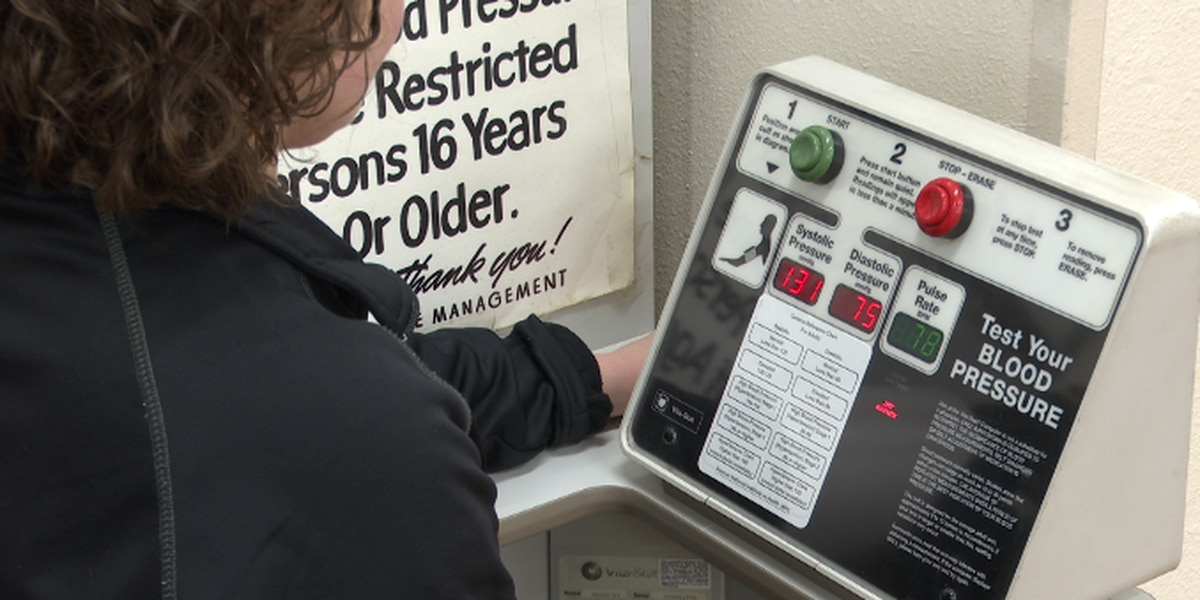Blood
New recommendations for blood pressure screenings
BISMARCK, N.D. (KFYR) – A recent study found doctors might be able to better predict who’s at risk for having a cardiac event by also taking a patient’s blood pressure while they’re lying down.
Some of the participants who would have normally been considered fine using just a sitting blood pressure reading were found to actually be at risk of developing heart issues when they had their blood pressure taken while lying down. The study presented at the American Heart Association’s Hypertension meeting said taking a patient’s blood pressure lying down could give a better picture.
“I think the most important bit of that is that these people without elevated blood pressure seated that have elevated blood pressure lying down seem to have equivalent risks to those people who are hypertensive both seated and laying,” said Dr. Rory Farnan, a cardiologist at Essentia Health.
If you want to take your blood pressure at home, Pharmacist Brennen Kuntz said you should keep the following tips in mind for a more accurate reading.
“The big thing is just to be kind of consistent with it. Some take their blood pressure once, don’t do it for months later, and it can change pretty quick. But usually, if you just do it on a daily basis, again, do it before, right after you go to the bathroom so we empty the bladder. Do it before drinking a bunch of liquids, before caffeine, before exercise, and just be aware that the blood pressure can fluctuate,” said Brennen.
120 over 80 is considered an ideal blood pressure reading.
KFYR reporter Elizabeth Shores participated in having her blood pressure taken to see, she says, if she’s too stressed out at her job.
According to the blood pressure machine, she is not very stressed, but Kuntz took it again to see if that changed when she was lying down.
Shore’s blood pressure lying down was 135 over 83 — higher than her sitting blood pressure measure, but Kuntz said it was probably because she’d been moving the camera equipment around right before taking the measure.
That doesn’t mean this method isn’t accurate, though. Dr. Farnan said we could see this being used in clinical settings years from now after more research is done.
He also said it’s important to have your blood pressure taken by your primary care doctor about once a year.
Copyright 2023 KFYR. All rights reserved.

